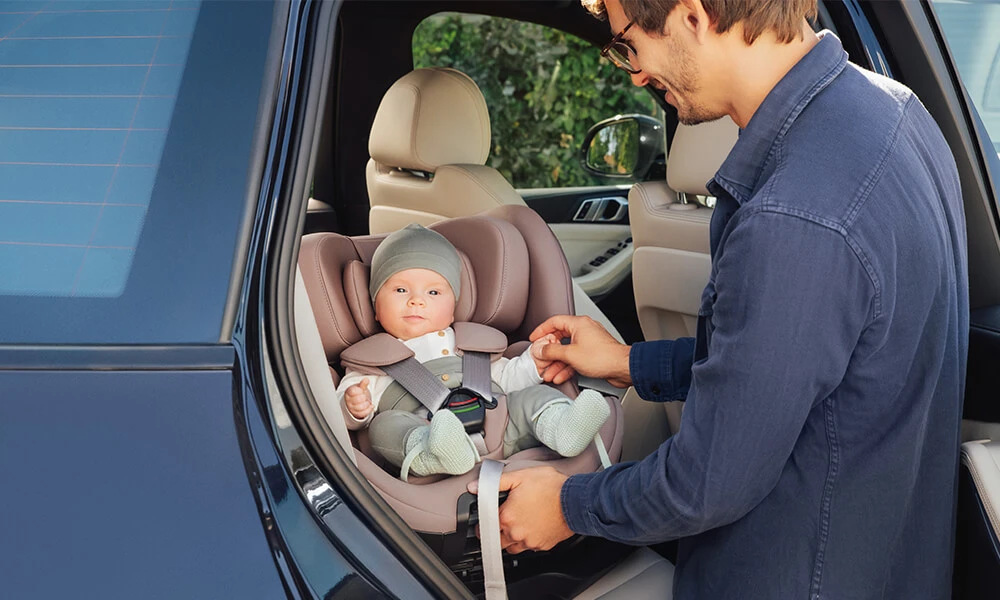Peaceful Car Rides for Little Ones: Insights from a Psychologist

Many parents encounter challenges when attempting to seat their child in a car seat for the first time. For a young passenger, this experience can be far from simple, often accompanied by separation anxiety, loud noises, or physical discomfort. For this reason, it is particularly important to make the first journeys as positive and comfortable as possible for the child.
Psychologist and psychotherapist Megi Sadjaya emphasizes that helping a child acclimate to a car seat is not merely a technical task—it is also a significant emotional experience. Parents should keep several key considerations in mind to ensure that travel is both safe and enjoyable:
1. Choosing the right car seat
Above all, it is essential to select a baby car seat appropriate for the child’s age, height, and weight. Only in a properly fitted seat will the child feel secure. An uncomfortable or ill-suited seat can create negative emotional associations, complicating future journeys.
2. Maintaining comfort and optimal conditions
The environment inside the vehicle plays a crucial role. Temperature, lighting, and noise levels directly affect the child’s emotional state. Excessive heat or stuffiness can make the journey stressful, whereas a calm and stable atmosphere promotes comfort and relaxation.
3. Start with short trips
Megi Sadjaya advises parents to avoid rushing. Initial journeys should be brief, gradually increasing the time the child spends in the car seat. This gradual approach allows the child to adapt comfortably and perceive the seat as a natural part of travel.
4. Parental proximity
Children feel more at ease when they sense a parent nearby. In early childhood, physical closeness is a primary source of security. Whenever possible, a parent should sit near the child or at least maintain visual contact.
5. Establishing routines
Consistent routines help children feel safe and provide predictability. This may include listening to the same song, holding a favorite toy, or reading a book during the trip. Such small, consistent habits transform the car seat into a familiar and comforting space where the child knows what to expect. The stability of these little details is vital for the child’s emotional well-being.
6. Engagement and play
Children quickly lose focus and become bored during trips. Active parental involvement is crucial. Singing songs together, asking simple questions, or sharing funny stories makes the journey more engaging. For older children, creative activities such as water-based drawing or playing with soft blocks can be offered. These simple forms of play help soothe the child and prevent irritation during travel.
7. Safety mirror
One of the most challenging aspects for young children is the inability to see their parents. Separation anxiety is a common cause of fussiness in the car seat. A specially designed rear-facing mirrorallows the child to see the parents and feel their presence. This straightforward measure significantly enhances the child’s sense of security, making the journey less stressful.
8. Parental emotions are contagious
Children are highly sensitive to their parents’ moods. If a mother or father remains calm and confident during the trip, the child will feel more secure. Consistency is essential: the car seat should always be used, not only occasionally. Inconsistency can confuse the child and undermine trust in the rules. When parents are firm and consistent, the child understands that sitting in the car seat is a natural and necessary part of every journey.
A calm and comfortable trip begins with the right approach. By fostering positive associations with the car seat from the very first journeys, you transform it into a symbol of safety and reassurance, making every ride smoother and more enjoyable.


